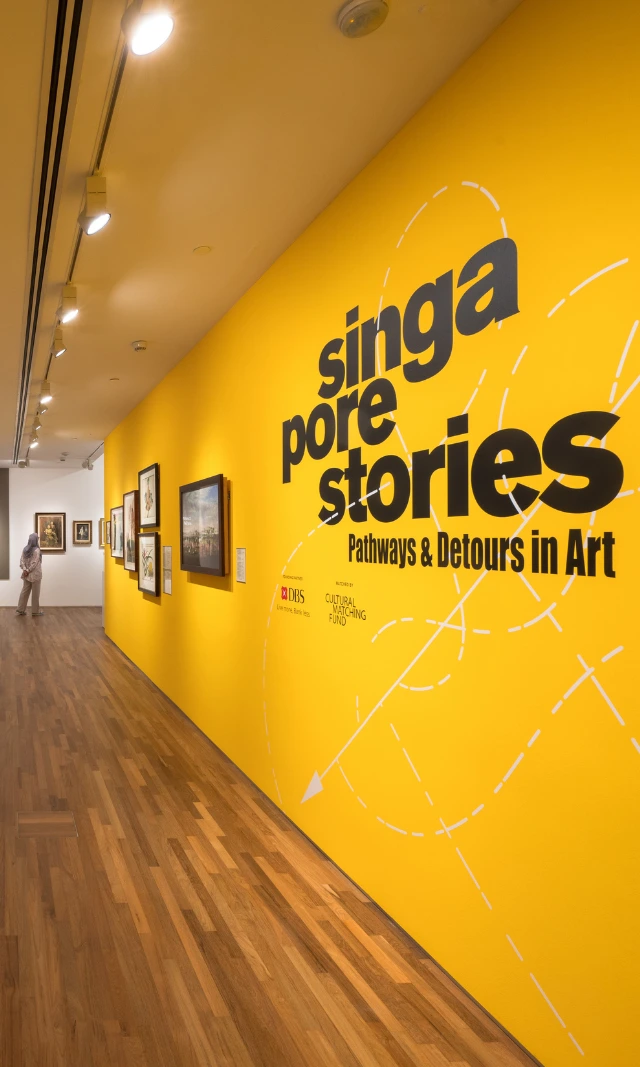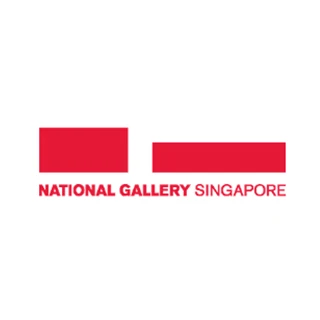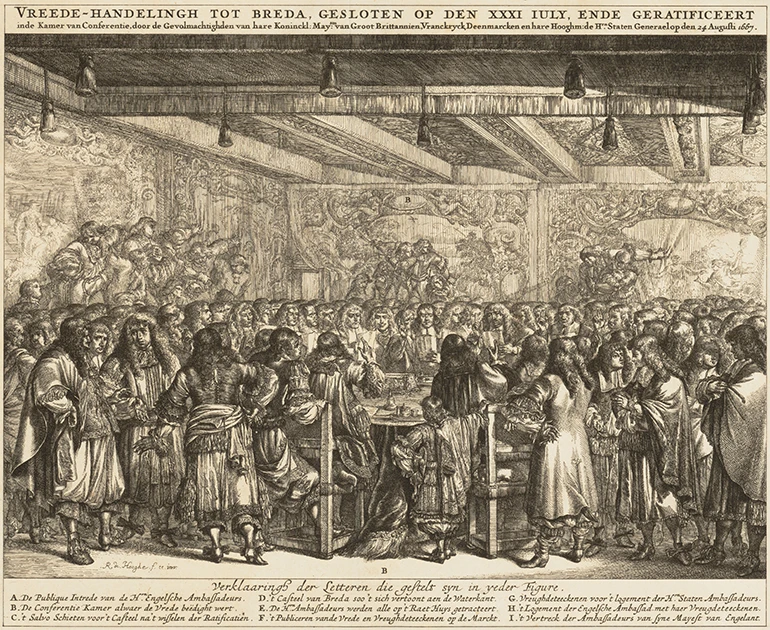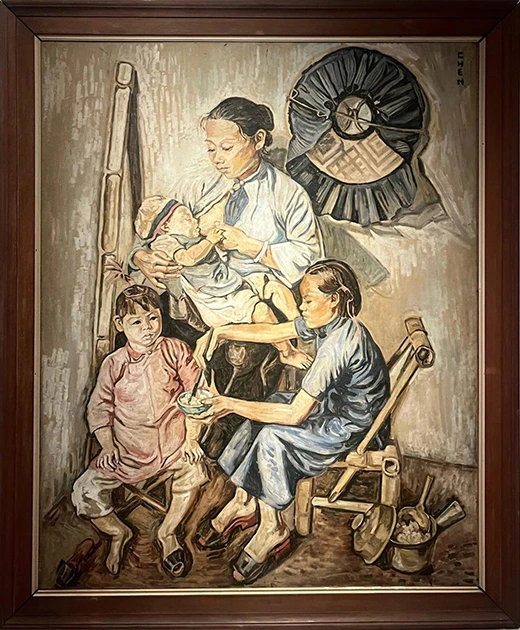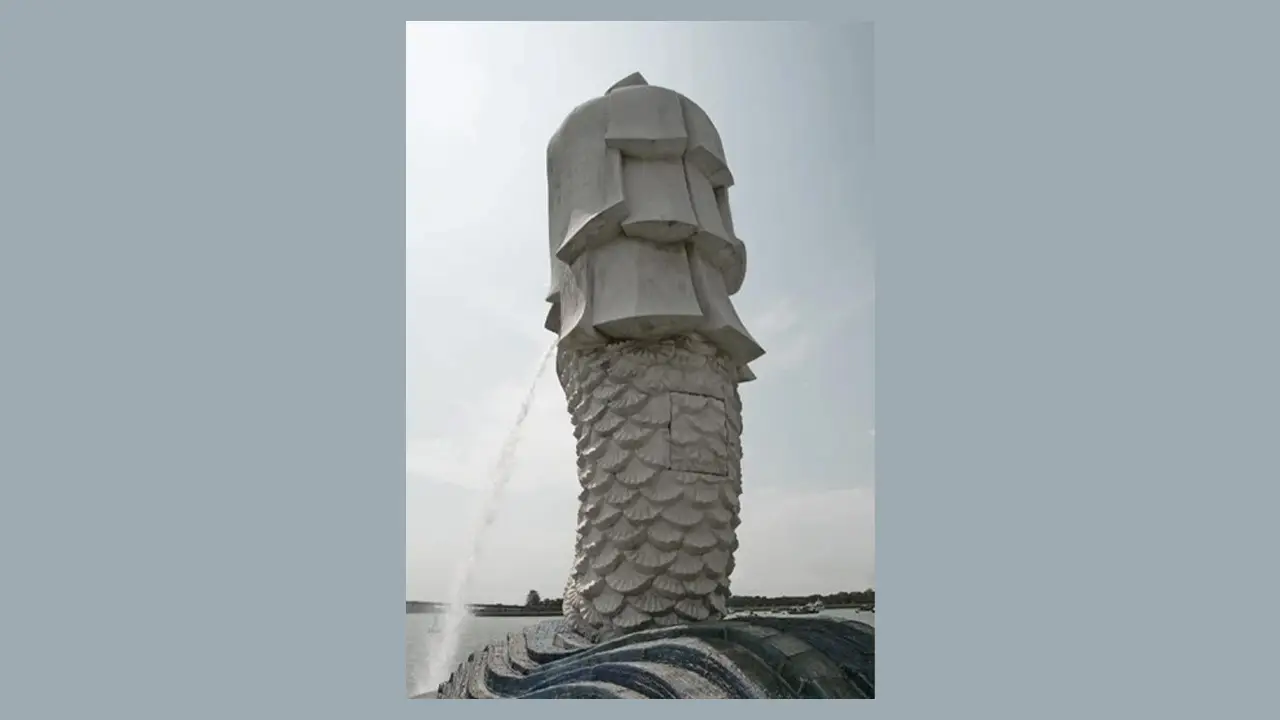Bumi-Antara: Editorial Foreword
What can Southeast Asia be, beyond geography? Can it play the role in the collaborative building of a world culture? "Bumi-Antara: Southeast Asian Futurism Beyond the Map" is a special takeover of Perspectives Magazine challenges readers to see Southeast Asia not just as a geographic region, but also as a conceptual space. A collaboration with Artistic Director Rachael Rakes and Associate Curator Sofia Durron of the 12th Seoul Mediacity Biennale "THIS TOO, IS A MAP" this takeover introduces the idea that art and culture can be used to question systems and structures of knowledge around us, and be used as the basis create a new world culture. This editorial foreword unpacks the term “Bumi-Antara” and the value of thinking beyond rationalism.
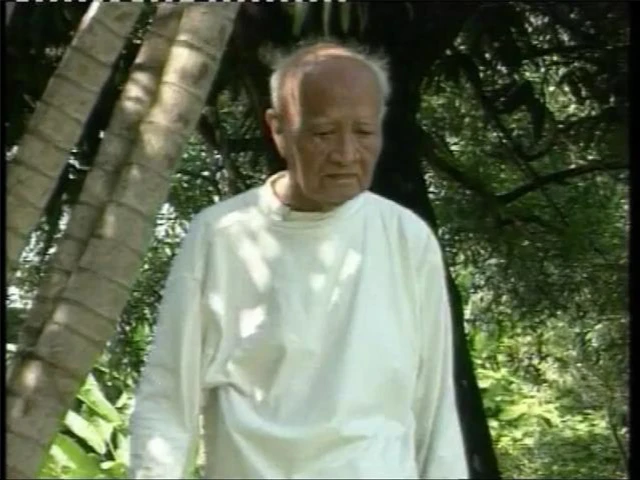
Image credit: Lontar Foundation, CC BY 3.0 https://creativecommons.org/licenses/by/3.0, via Wikimedia Commons
"Bumi-Antara," the title of this research project and takeover of Perspectives Magazine, is an adaptation of “Bumantara.” This was concept first articulated by Sutan Takdir Alisjahbana (STA) in 1985 during the Conference of Southeast Asian Writers at the Futurist Experimental Art Center, Balai Seni Toyabungkah. It combines the two Malay words “bumi” (land) and “antara” (in between) and was employed by STA to highlight the cultural unity of Southeast Asia, stemming from the region’s shared historical conditions and the intermixing of its diverse belief systems and cultures.
STA envisioned “Bumantara” as having utility beyond the region: he believed that it could serve as the basis for collaboratively building a world culture, one that would transcend beyond nation-state and the Western ideological divide that played out during the Cold War. In STA’s eyes, Southeast Asia was more than an array of islands and peninsulas on the map; he saw its potential as a civilisational force and a germinating site for a post-Cold War world order and culture through the process of making, producing and exhibiting art.
This takeover of Perspectives draws on the ongoing research of the Gallery’s curators Kathleen Ditzig and Anissa Rahadiningtyas. Inspired by STA’s conception of “Bumantara,” the series of articles explores the theme of “Southeast Asian Futurism.” The content spans new research, field-notes, interviews and visual essays, plotting out coordinates of various visions of the future, from the Cold War to the present.
“Southeast Asian Futurism” is an umbrella term that used here to refer to different imaginations of the region from which the world’s futures can be produced, deduced, or spoken to. If we look back, STA’s concept of “Bumantara” was not the only project that sought to find the wellspring of humanity’s future through reimagining Southeast Asia. Other examples included the 1975 Pacific Ashram in Thailand organised by Sulak Sivaraskas, and the 1976 Campuan Meetings in Bali organised by Lim Chong Keat, Austin Coates and Buckminster Fuller. These events brought leaders and future leaders from both Southeast Asia and the Pacific “to be together, to talk, to meditate, to write, to paint, etc. in an atmosphere conducive to leisure, yet with social and environmental concern.”1 Critiques of a hegemonic post-Cold War capitalist order, their proposals—or counter-proposals—positioned Southeast Asia as central to our planetary futures. These artists, cultural producers and intellectuals came together because they were concerned about the climate crisis, post-industrial societies, international warfare, and the cybernetic perspective of the world that they saw being emerging. Their aim was to create patterns of cultural feedback that could avert conflict and build a more equitable world order.
In the same spirit of identifying intellectual resonances and forging solidarity, this Bumi-Antara project is a collaboration with Artistic Director Rachael Rakes and Associate Curator Sofia Dourron of the 12th Seoul Mediacity Biennale (SMB12). Titled THIS TOO, IS A MAP, this edition of the Biennale challenges the “rational clarity” of conventional cartography by examining the use of abstraction and obscured language. These were strategies that were also manifest in the events of the 1970s and 1980s. However, it is well worth nothing that these projects of Southeast Asian Futurism from the were not uncomplicated, and were often tied to nationalist and neo-colonialist movements. In reckoning with and studying the trajectories of Southeast Asian Futurism, we want to move beyond the idea of “utopia” to consider how these projects of the past can inform our thinking around contemporary issues of ecological decline, international governance, and alternative forms of intelligence.
This Bumi-Antara takeover poses a challenge to conventional forms of knowledge, questions what is often presented as historical fact, and encourages us to rethink language. The goal is to show that art can be a political tool, used to counter historical amnesia, nationalist simplifications and techno-orientalist views.
Editorial team for Bumi-Antara:
Kathleen Ditzig, Qinyi Lim, Anissa Rahadiningtyas, Melissa Wong
Note
- Preface, Inter-cultural Seminar et al.,” Searching for Asian Cultural Integrity: Papers from the Inter-Cultural Seminar at Thammasat University Rangsit Campus 11-15 March 1990 (Santi Pracha Dhamma Institute: Sathirakoses-Nagapradipa Foundation, 1991).








